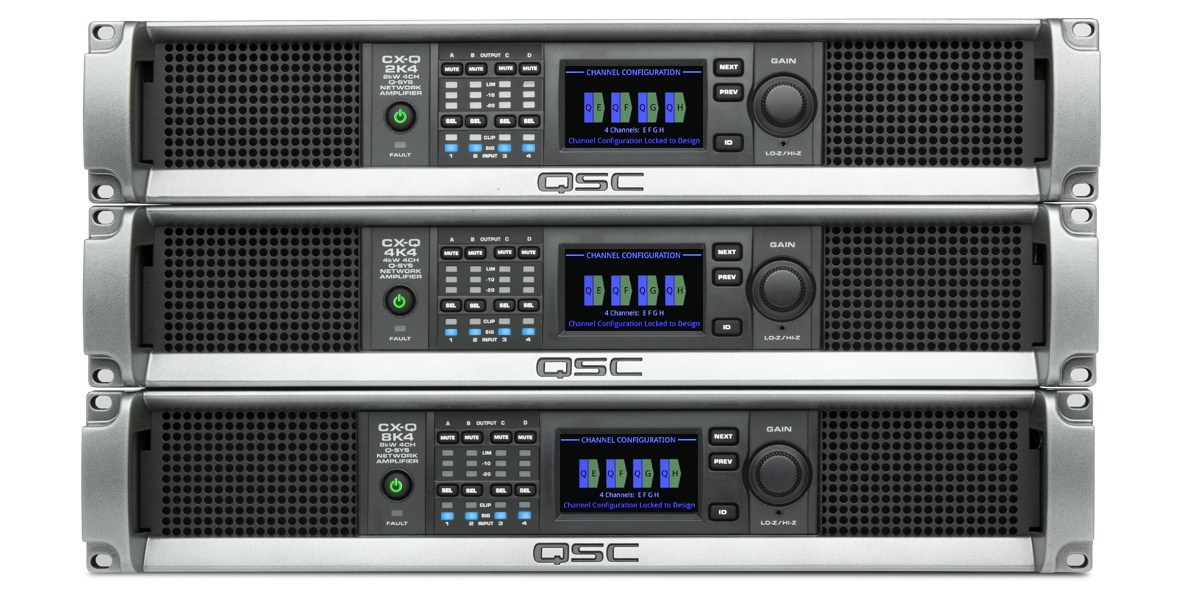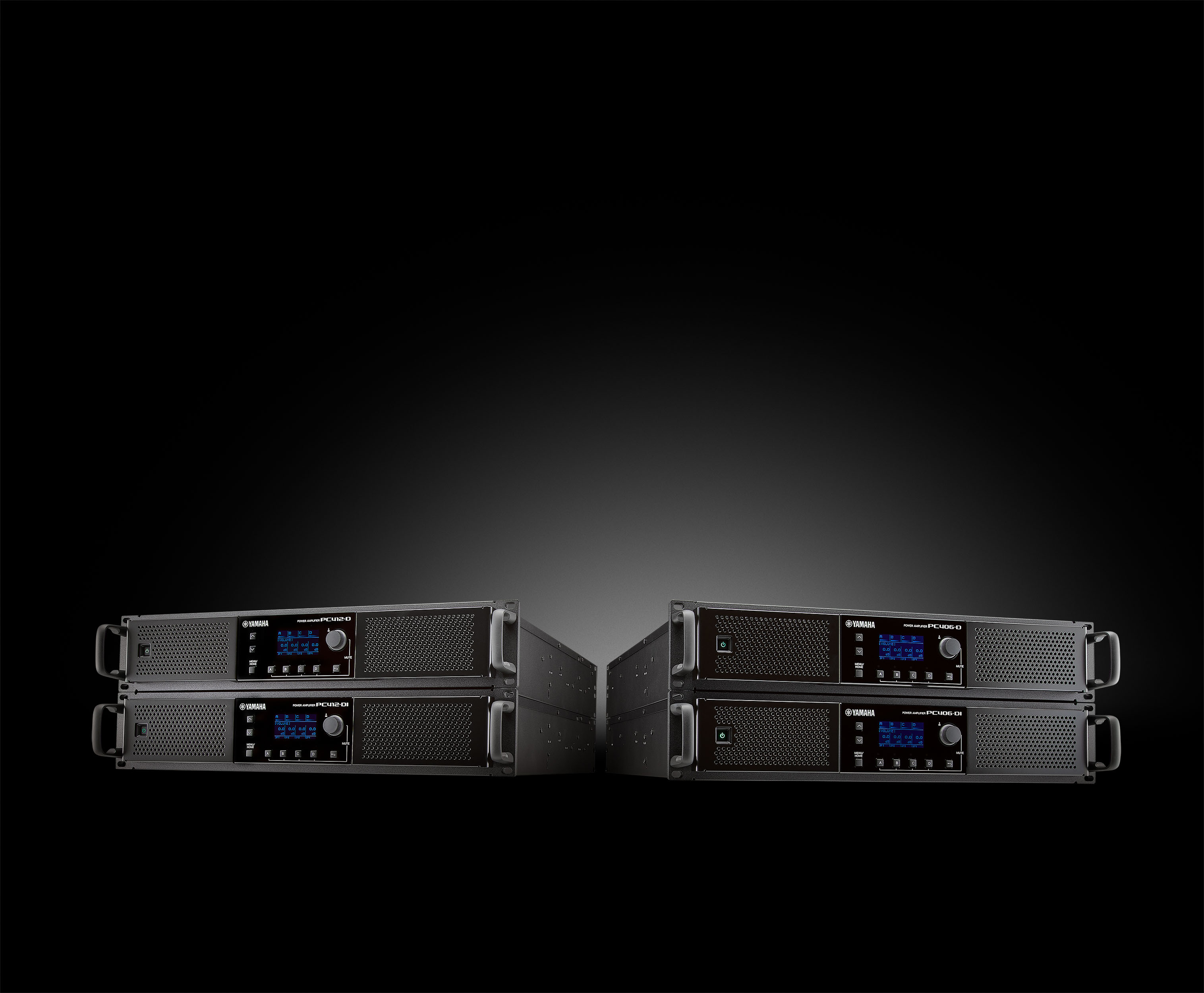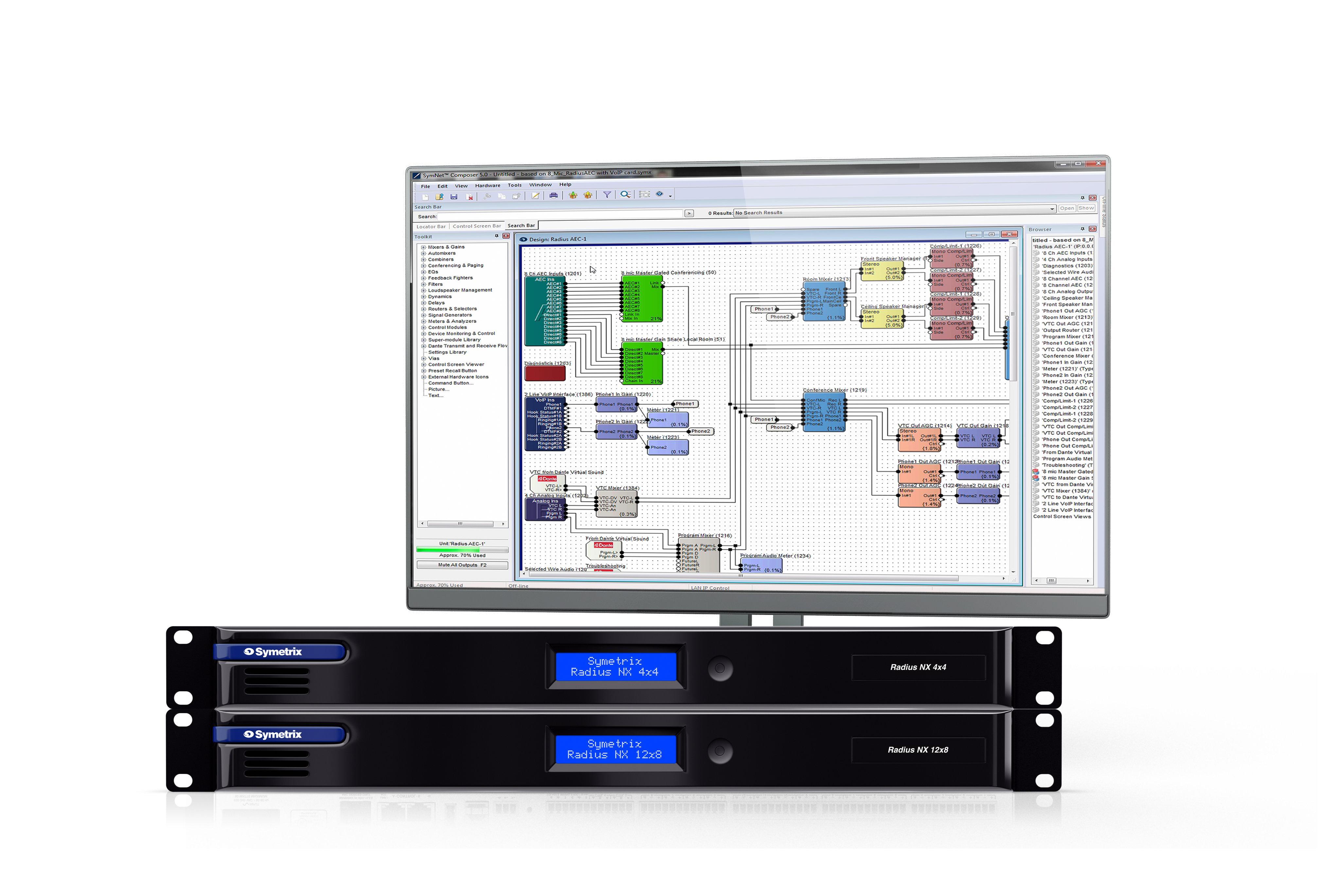Audio processors and amplifiers might not be the flashiest part of an installation, but they’re critical to a superior sound experience. Enabling technologies of these key components have advanced in much the same way that other pieces of the system have—which is to say quickly and significantly, as manufacturers have made great improvements to the size, weight, and long-term performance of these devices over the past decade. Even though they’ve upped the ante in many ways, manufacturers understand that the specifics of most installations are still determined by time.
“Designers and integrators want products that are quick and easy to configure and install, and can easily expand to address a client’s growing or changing needs,” said Phil Sanchez, market development specialist at Yamaha Commercial Audio.
Daniel Saenz, amplifier product manager at QSC, agreed. “They are looking for audio solutions that are simple to install and maintain,” he said. “In addition, they are looking for solutions that offer features driven through software, offering more flexibility and scalability options while maintaining less hardware.”
Scroll through the gallery below to see the latest amplifiers and audio processors.
Part of the process of ensuring a quick and easy installation is improving software options, which is a focus at QSC. Saenz continued, “For example, QSC’s FAST [Flexible Amplifier Summing Technology] optimizes for either higher voltage loads or higher current loads. Its FlexAmp technology enables asymmetric output channel loading, allowing integrators to distribute customized output power levels to each channel. Together, these technologies provide the integrator the ability to distribute power where it’s needed, offering more flexibility from a single amplifier.”
An example of a QSC network amplifier featuring both FlexAmp and FAST technology is the CX-Q Series. Available in four- and eight-channel models, the CX-Q can deliver a total maximum power of up to 8,000 watts; low impedance, 70V, or 100V direct drive are available on all channels. Additionally, users can simply drag and drop to integrate the amps with Q-SYS, providing audio transport, control, and rich status data.
Some of the emphasis on hardware and software improvements is a byproduct of technological innovation in the underlying network infrastructure. “Not every system wants to be networked, but the number of networked systems has dramatically increased in recent years,” said Chuck Larson, Symetrix technical support. “Dante is still a major player, but AES67 seems to be gaining traction.”
Phil Sanchez from Yamaha said the increase has led to changes in how work is done. “Network audio protocols such as our Yamaha Digital Interface [YDIF] solution or Audinate’s Dante protocol are having a tremendous impact on workflows, from design to implementation,” he said. “The need for individual products to seamlessly connect and work together is paramount, and network audio has greatly improved these capabilities.”
Symetrix’s Larson said that one of the biggest concerns is cost versus value, as computerized digital signal processors are expected to get progressively more powerful and less expensive simultaneously. He noted that Symetrix has invested in “providing the proper best-in-breed solutions utilizing the most appropriate hardware families,” which translates into a better value for the integrator. “In conferencing applications, our Radius NX 4x4 AEC-2 is an incredible value, especially when used for network-based microphones [Dante and AES67] with telco or USB interface to the outside world. We try to account for variables such as time saved creating network routing offline, and time saved in system commissioning thanks to accurate, stable algorithms, resulting in fewer post-install service calls.”
The Radius NX features a SHARC dual-core processor that enables a Composer Super Matrix, placing the burden of large matrices in one core while freeing the second core for all general-purpose signal processing, making it possible to design very large and complex systems around a single Radius NX.
Another option for complex and growing systems is Yamaha’s PC Series, which combines a 20x8 input matrix with Dante connectivity, and has options for system design flexibility and expansion. For example, incoming analog sound can be output to a Dante network, allowing the system to be used as a four-channel Dante input rack. In systems with no mixer or signal processor, the 20x8 matrix function supports effective and flexible routing, making it possible to perform audio signal processing using the new amplifiers’ internal processor.
[Back to Basics: Amplifier Technology]
Minimizing the time it takes to create that networked system is a big part of a product’s value. “The cost of labor can greatly impact the profitability of a job,” said Yamaha’s Sanchez. “Specifying a product that meets the client’s needs and is easy to program, configure, and install not only helps the integrator save time, but it can help the client save money. Intuitive programming and GUIs, lighter form factors and improved networking capabilities have helped to streamline workflows.”
While complex systems can be necessary, it’s important not to overcomplicate things when they should really stay simple, said Noel Larson, vice president of marketing and business development for Ashly Audio. “Needlessly complicating things is self-defeating,” he said. “It could lead systems to go down—no one needs that! Choose the right-sized solution for the mission. I see it over and over again: people get enamored with very open architecture, lots of DSP modules, and matrix routing when really they just need the bartender to adjust the volume of the TVs.”
His advice is to take stock of the kinds of projects you’re looking to work on and find a manufacturer that’s designing the right solutions for those jobs. And if it’s something simple, make sure your solution isn’t overcomplicated. “For processor amplifiers, the needs are ease of use and setup,” he said. “The reality is that the ability to install effectively and have observability over a device are critical. The solution needs to just work and be easy to monitor if issues arise.”
Ashly Audio’s mXa-1502 mixer amp is an example of that simplicity. It’s a complete solution in a box that provides four zones of mixing and DSP, plus two 150W programmable mic preamps and a complete DSP suite, all in a single rackmountable unit. Plus, as Ashly’s Larson explained, the company “decided to build the web server in the product, so there’s no longer a need for separate apps. Accessing our internal software through any browser on any device provides the ability to remotely monitor and operate the system. This opens up ongoing support offerings that not only save money in terms of rolling a truck but also improve customer partnerships—and potentially the integrator’s bottom line—through ongoing service contracts.”
With audio processing, as with any other part of an installation, what it ultimately comes down to is paying attention to what the end user is really looking for. “The more an integrator understands the customer’s needs and expectations,” said Symetrix’s Larson, “the better they’ll be able to choose the appropriate solution for a given project.”



